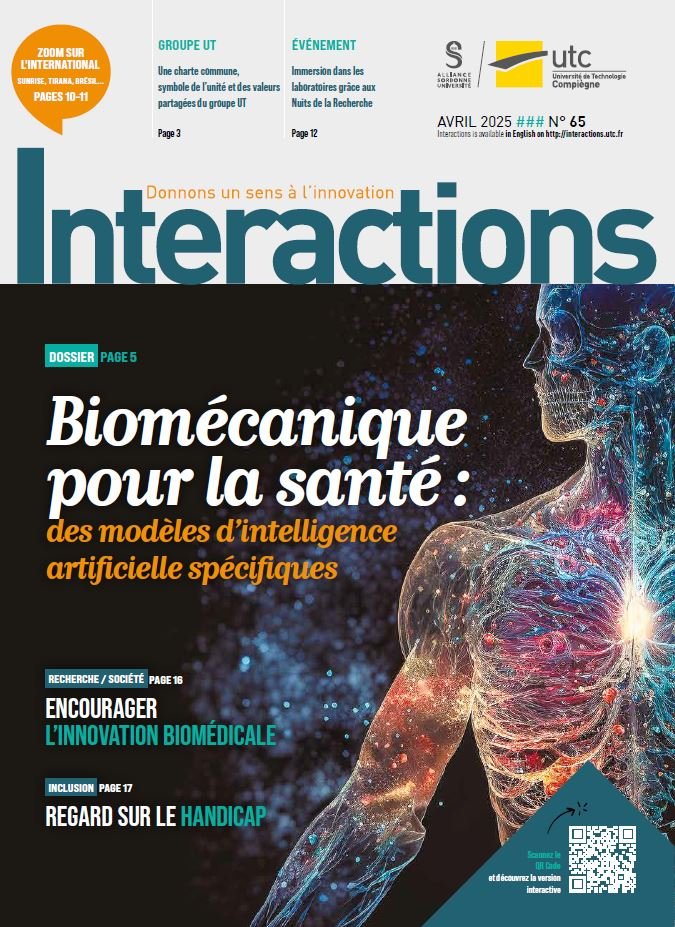The second revolution of the digital wave and employment

Following on to the Seminar on Big Data and Employment — the main challenges and impacts on employment, January 18–22 at UTC, Prof. Yann Moulier-Boutang, Chair of Economics, UTC, Member of the CRI-COSTECH, gives a synthetic overview of the ongoing digital revolution and employment.
We have heard and read just about everything there is to say about the globalization phenomenon that began, in fact, back in the mid-1960s. Productive restructuring was implemented round the world, in compliance with the global value chain: the impact of immaterial ingredients (engineering design, aesthetics, logistics and pressure of suppliers’ and clients’ networks, trade-marks brand names) has become a determinant factor and indeed has pushed manufacturing/assembly process back-stage. Consequently, delocalisation of the production units became much easier. Full employment collapsed in the central economies while the weight of industry in the GDP fell to the level of 11% in the USA. The massive arrival of computers everywhere, in industry, in the service sectors, in our home and personal life-style have not as yet overtly produced many positive effects. Indeed, as of the early years 2000, what did become noticeable in terms of industrial employment positions (with application of lean production methods), in services and in logistics.
But no sooner had we began to see the light at the end of the tunnel du to technology-induced unemployment, with the arrival of a multitude of start-ups, “apps” on smartphones than the 2008 financial crisis struck the world’s market places and economies and the arrival of a second digital wave made production sectors suffer a lot.
In a word (or three to be precise):we now observe a conjugate effect of connectivity, Big Data generated by the interactive Web 2.0 and the arrival of learning machines. Complex work is now ‘copied’ and human behaviour is mimicked perfectly by recent algorithms
This year, the UTC inter-semester seminar was devoted to exploring this phenomenon and its impact on the whole global Society. We benefitted from the contributions of experts who have analysed the problem in its entirety. Our exchanges were moderated usefully by Bernard Stiegler, author of La Société Automatique [An Automated society], and enriched by Bruno Teboul (Keyrus University Paris Dauphine), Ariel Kyrou (University of Versailles Saint-Quentin-en-Yvelines SACIM Sciences, Art, Culture, Innovations, Multimédia), François Nemo (Consultant # Branding), looking at the theme of a “uberization” of employment and the strategies deployed by companies to face up to the digital challenges. The seminar in fact coincided with the transmission to the new French Labour Minister Ms Myriam El Khomri of a Report by the National Digital Council (CNNum) entitled Travail, Emploi, Numérique, Les nouvelles trajectoires [Labour, Employment and new Digital Paths]; cf.(in French) — http://www.cnnumerique.fr/travail/. Nathalie Andrieux who, for quite a while, was in charge of digital affairs for the telephone operator Orange and a Member of the Cnut and responsible for preparing the Report, as well as Judith Herzog, Mathilde Bras and François Levin (all chargés de at the CCNUm) presented their 20 Report proposals. Sophie Pène, likewise Member the CNNUm (who works at CRI and University of Paris I) author herself of the Report Jules Ferry 3.0, Bâtir une école créative et juste dans un monde numérique [Jules Ferry 3.0. Building a creative and equitable school for a digital era] , (October, 2014); cf. http://www.cnnumerique.fr/wp-content/uploads/2014/10/Rapport_CNNum_Education_oct14.pdf raises a series of questions about how the education system in France should be updated and modified. She has been also been invited to present her findings and recommendations for Higher Education and Research and she talked to the seminar about this work in progress. She chaired a workshop looking at students’ proposals. President Alan Storck also invited the seminar attendees to make known their proposals to the Science Policy Committee of UTC. Pierre Pezziardi coordinator for State initiated startups at the Government’s Modern Public Action Agency (SGMAP) explained to the audience the kind of uses of Big Data could help job-seekers to find positions. In the afternoon session — shared with another seminar event, DD01 — Grégoire Bignier (Versailles School of Architecture and Landscaping) examined the questions raised by the introduction of biomimetics in architectural planning and design, while Pascal Jollivet, UTC, reframed the employment descriptors in terms of digital second wave factors, and Jean-Pascal Foucault defended the idea of human tag sensors (not just physical devices) in the use made of Big Data with a view to building a smart city environment.
Franck Ghitalla and myself products a few elements of an ongoing study with Entreprise et Personnel exploring the Web (including social networks) to try to identify emerging trends and to write possible evolution scenarios for the decade ahead in relation to the strategic policy questions of enterprise – the session ten took the form of a workshop. Last but not least, Philippe Lemoine, President of the New Generation Internet Foundation (FING), author of the Report — La nouvelle grammaire du succès, La transformation numérique de l’économie française [A New grammar for Success, Digital Transformation of the French Economy] ; cf. http://www.economie.gouv.fr/files/files/PDF/rapport_TNEF.pdf chaired the final session of the seminar. The very valuable and rich contents of the seminar, its exchanges and proposals will be embodied in 3 Reports, as follows: As convened with President Storck, the seminar Proposals will be drafted ad presented at UTC.The seminar videos will be prepared, edited and made available on line at UTC’s WebTV.One of the dissertations (by a UTC student) will provide a synthetic overview of the presentations and discussions. Rendezvous soon for these three seminar products. Digital transition lies at the core of UTC research, teaching and the University board’s forward-thinking policies.
Vidéos et compte-rendu : https://webtv.utc.fr
Rapport Les nouvelles trajectoires
http://www.cnnumerique.fr/wp-content/uploads/2015/12/Rapport-travail-version-finale-janv2016.pdf




